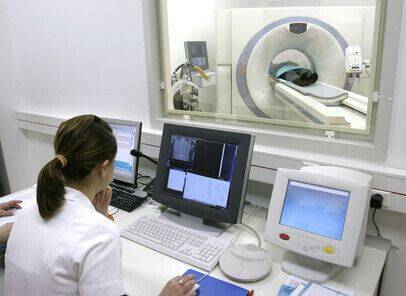Asymptomatic aortic stenosis has been keeping us in tense stillness. However, there are new markers capable of identifying patients that might benefit from earlier intervention. In this regard, cardiovascular magnetic resonance (CMR) has been gaining its well-deserved place in cardiology and now more specifically in aortic stenosis. This study sought to validate CMR markers of…
Silent Embolism during TAVR: Just Images or Potential Cognitive Deterioration?
Finding new cerebral ischemic imaging after transcatheter aortic valve replacement (TAVR) is almost the rule, especially for self-expandable valves. These images might disappear over the months but, unfortunately, they are associated to small but significative cognitive deterioration. Most patients undergoing TAVR develop silent cerebral ischemic lesions (SCILs) that show in magnetic resonance imaging (MRI). The…
ACC 2021 | Emergent CABG for acute MI: Benefits Despite Risk
The latest figures show a lower number of emergency CABG for acute MI, and in turn increased primary PCI. The combination of surgeons not willing to take risks and interventional cardiologists empowered to treat practically any lesion has resulted in fewer patients receiving emergency CABG. Only a few years ago, interventional cardiologists at least had…
Blood Pressure Variability and Subclinical Brain Disease
Elevated blood pressure variability was associated with a wide range of subclinical structural changes in the brain. These structural changes could be the mechanisms explaining a higher incidence of dementia and stroke. This study included 2348 participants age ≥55 years in a prospective cohort. Blood pressure was measured in each visit since 1990, and since 2005 all…



